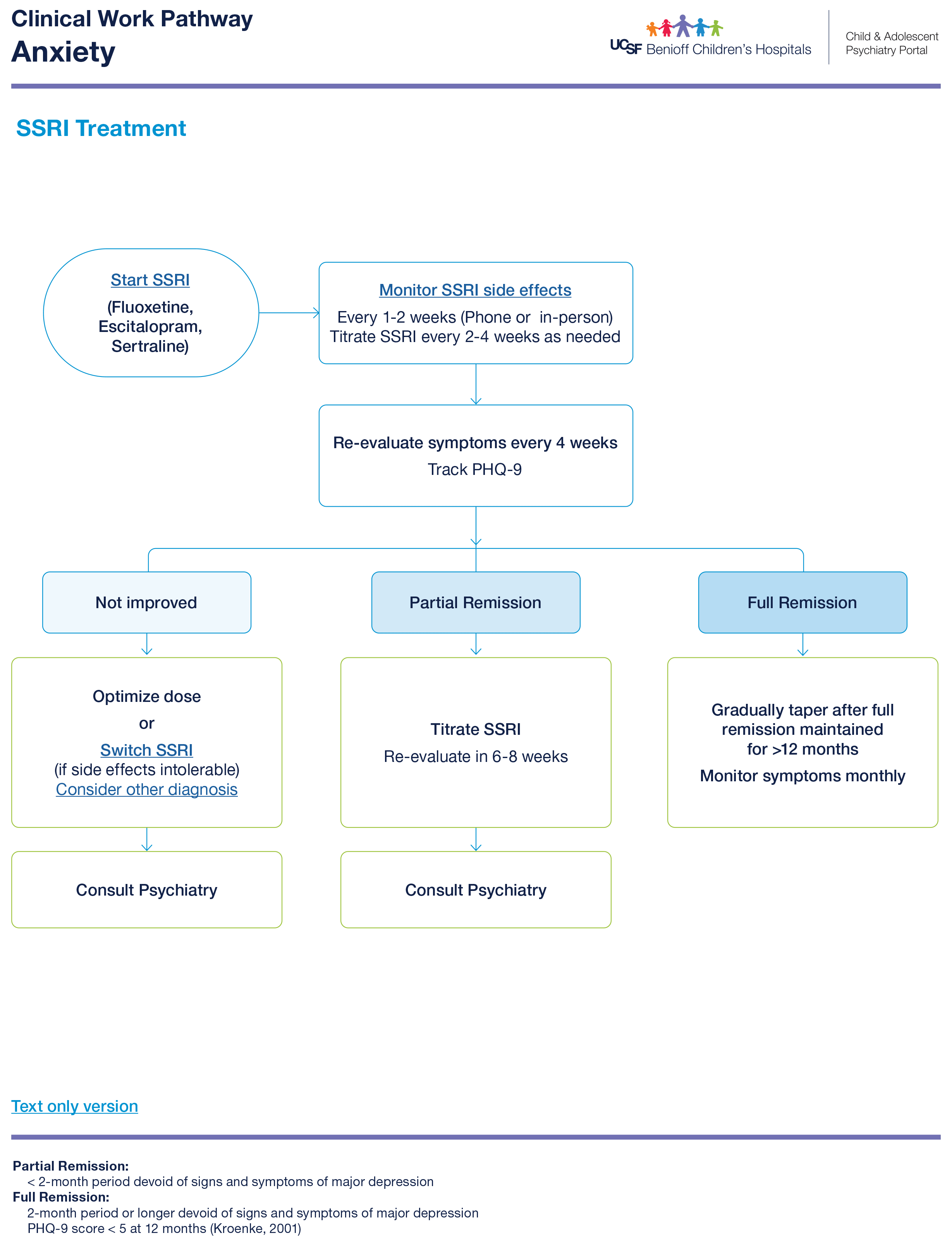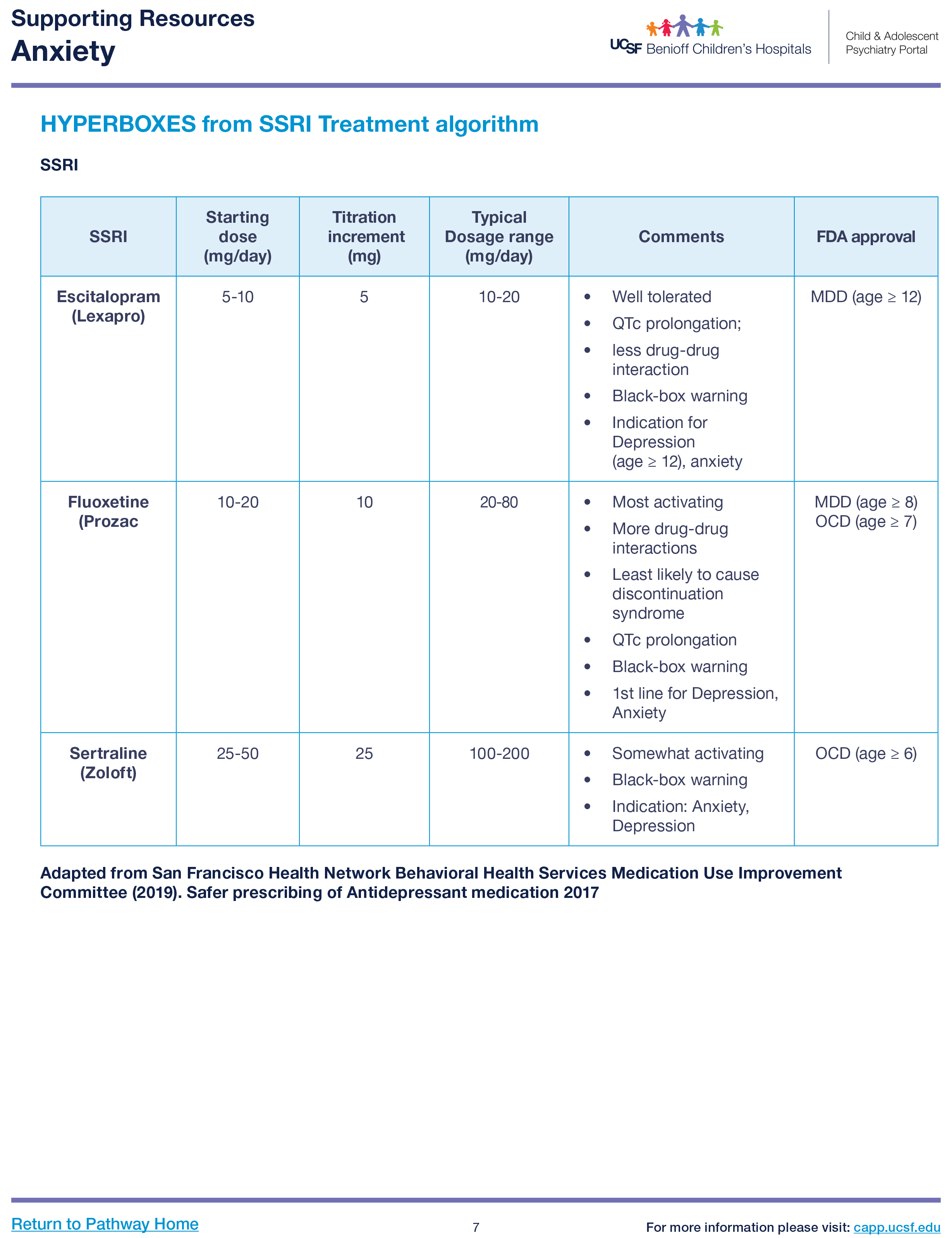
Strategies to calm down the body’s fight or flight response and reduce anxiety.
Deep breathing
1. Belly breathing
3. Fun ways to practice breath control: pinwheels, blowing bubbles, whistling.
Muscle Relaxation: tensing muscles and then releasing them allows them to relax.
Progressive muscle relaxation (PMR)
Imagery
Mantra – A phrase to help calm and refocus.
Cognitive Behavioral Therapy (CBT)

CBT is a type of time-limited therapy based on the concept that thoughts, behaviors, and feelings all affect each other and that by changing our thoughts and behaviors, we can change how we feel. It is often the first choice for children and teens with depression, which ranges from 6-20 sessions. It is the psychotherapy with the most evidence for treatment of childhood anxiety disorders. It consists of five main parts:
1. Psychoeducation to both child and parent about anxiety disorders and CBT
2. Somatic management skills training
3. Cognitive restructuring
5. Relapse prevention plans
First-line recommended medication: SSRI (Fluoxetine, Sertraline)


UCSF Child & Adolescent Psychiatry Portal
Legal disclaimer: UCSF Child and Adolescent Psychiatry Portal (CAPP) Program can provide informal consultation between a child and adolescent psychiatrist and primary care provider. However, the consultation will not include chart review, or face-to-face evaluation of a patient or family. Thus, consultation and guidance will be based only on information provided by the primary care provide and does not supplant direct face-to-face evaluation or treatment with a mental health care provider.
UCSF CAPP is supported by federal and state grant funding. The Health Resources and Services Administration (HRSA) of the U.S. Department of Health and Human Services (HHS) sponsors part of a federal award totaling $2,670,000 with 17% financed with non-governmental sources. The contents are those of the author(s) and do not necessarily represent the official views of, nor an endorsement, by HRSA, HHS, or the U.S. Government. For more information, please visit HRSA.gov. CAPP is also sponsored by the California Department of Health Care Services Prop 56 Behavioral Health Integration Funding, in partnership with Anthem and Blue Cross.
© 2024 The Regents of the University of California